Was a philosophy PhD student, left to work at AI Impacts, then Center on Long-Term Risk, then OpenAI. Quit OpenAI due to losing confidence that it would behave responsibly around the time of AGI. Now executive director of the AI Futures Project. I subscribe to Crocker's Rules and am especially interested to hear unsolicited constructive criticism. http://sl4.org/crocker.html
Some of my favorite memes:
(by Rob Wiblin)
(xkcd)
My EA Journey, depicted on the whiteboard at CLR:
(h/t Scott Alexander)
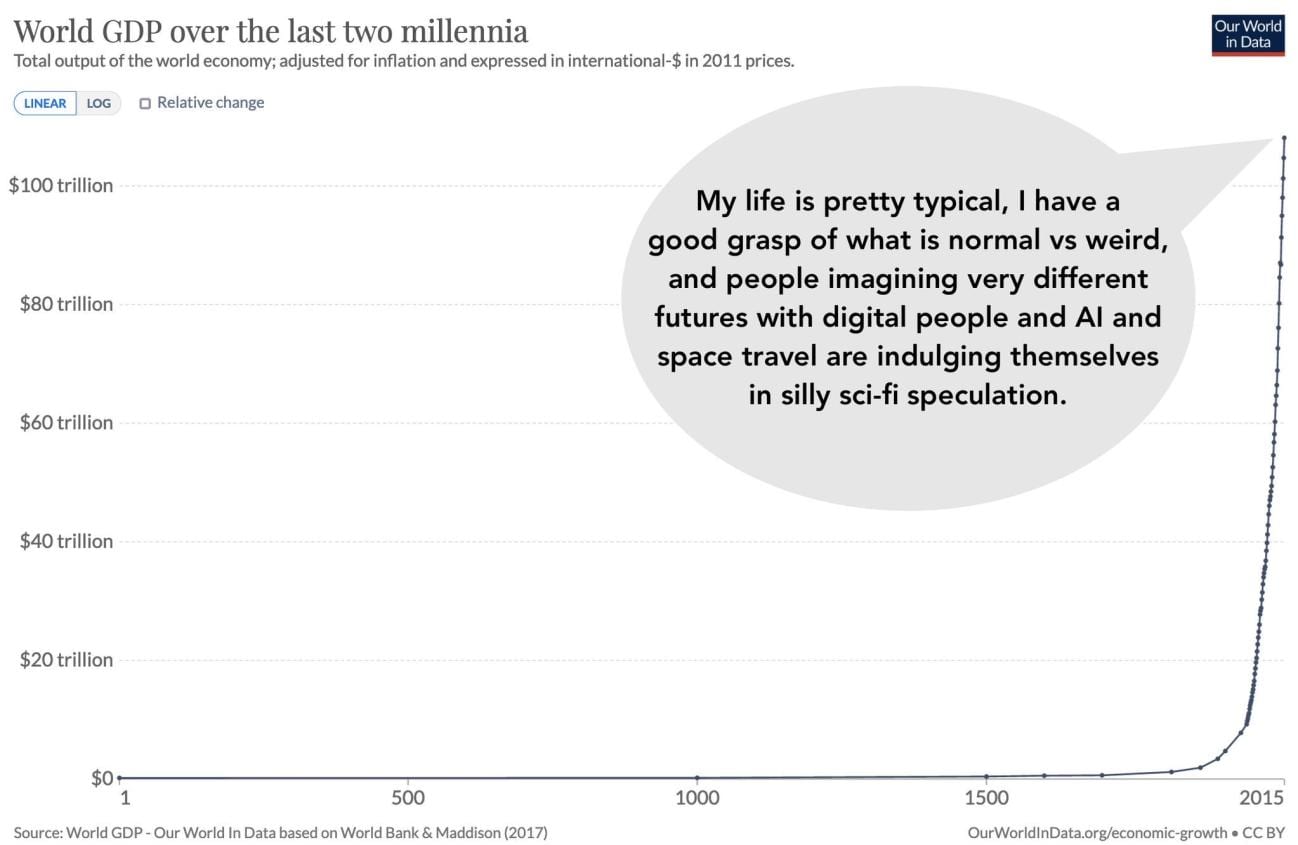
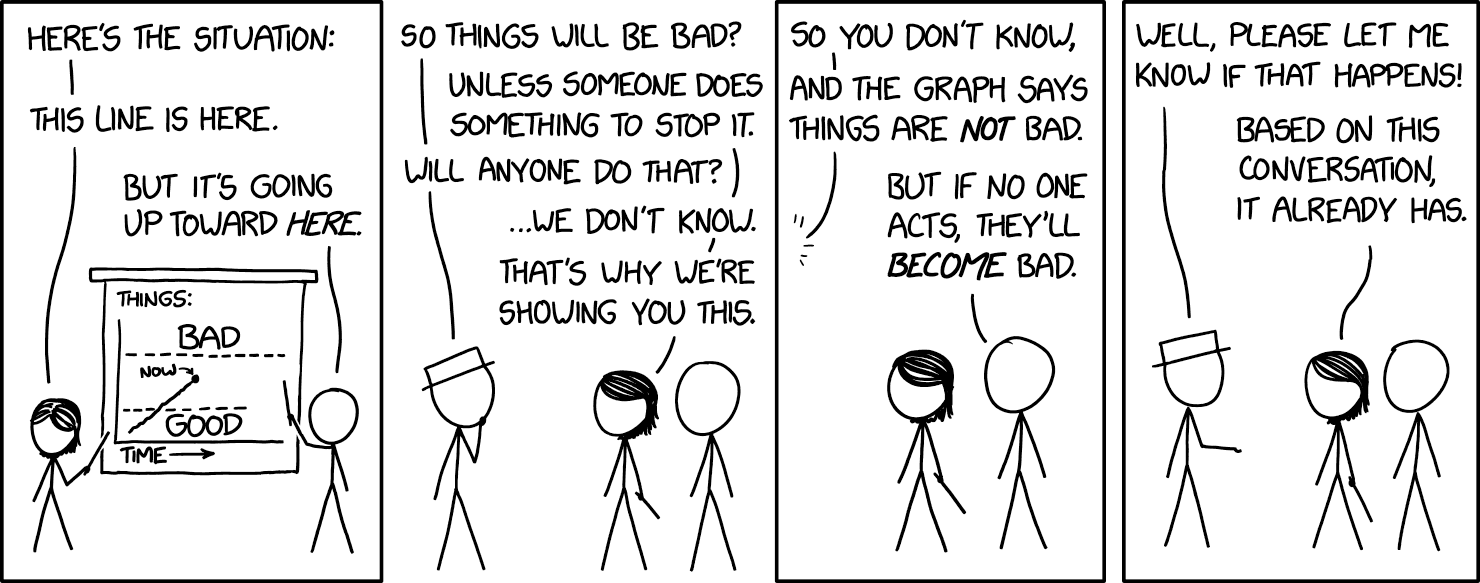
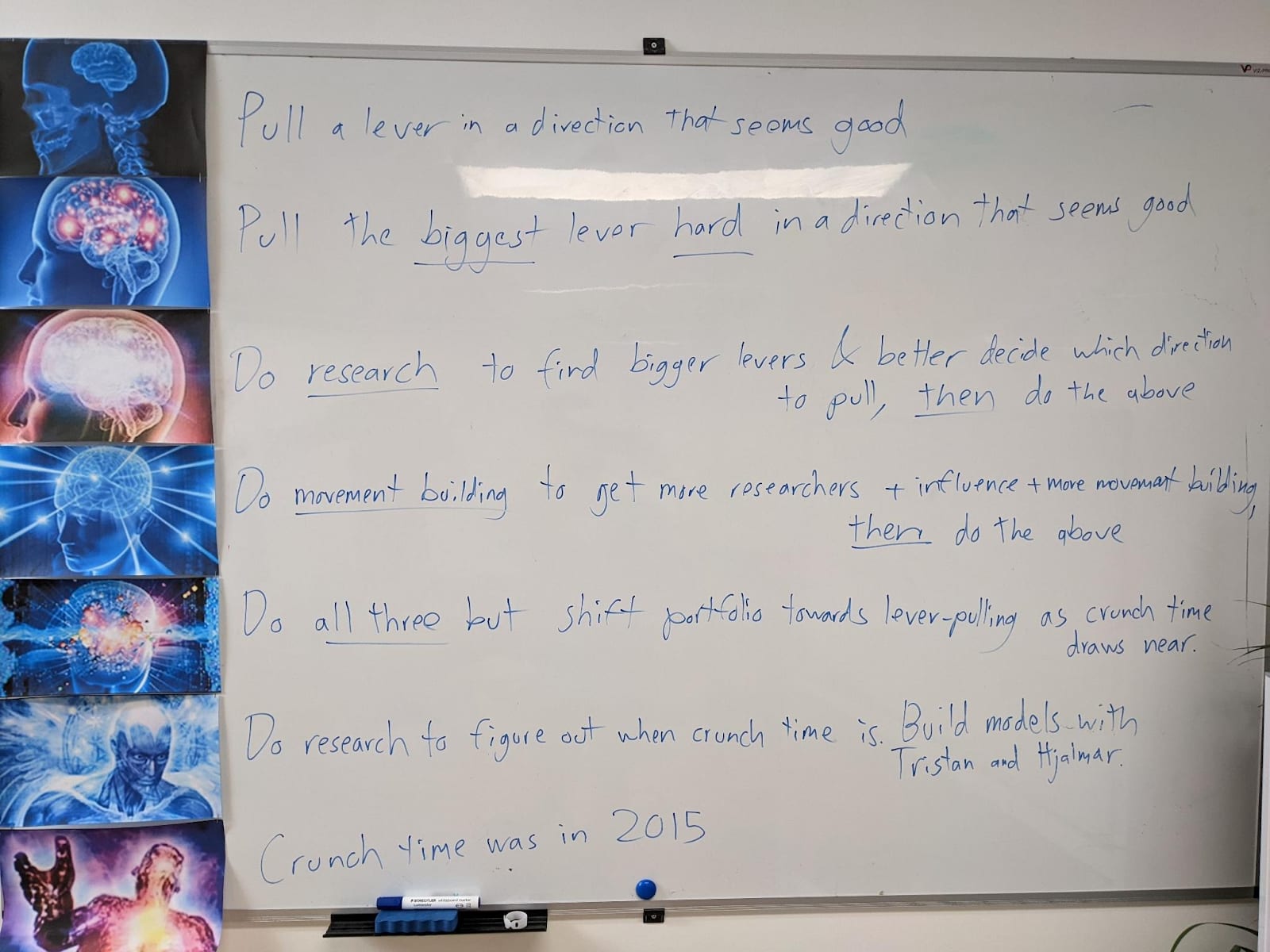
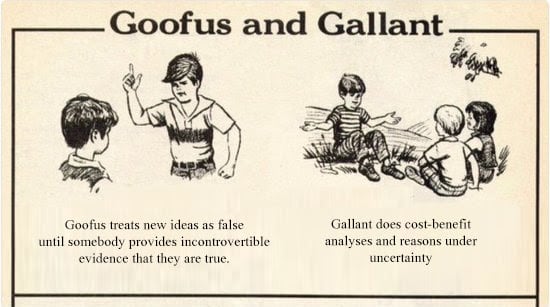
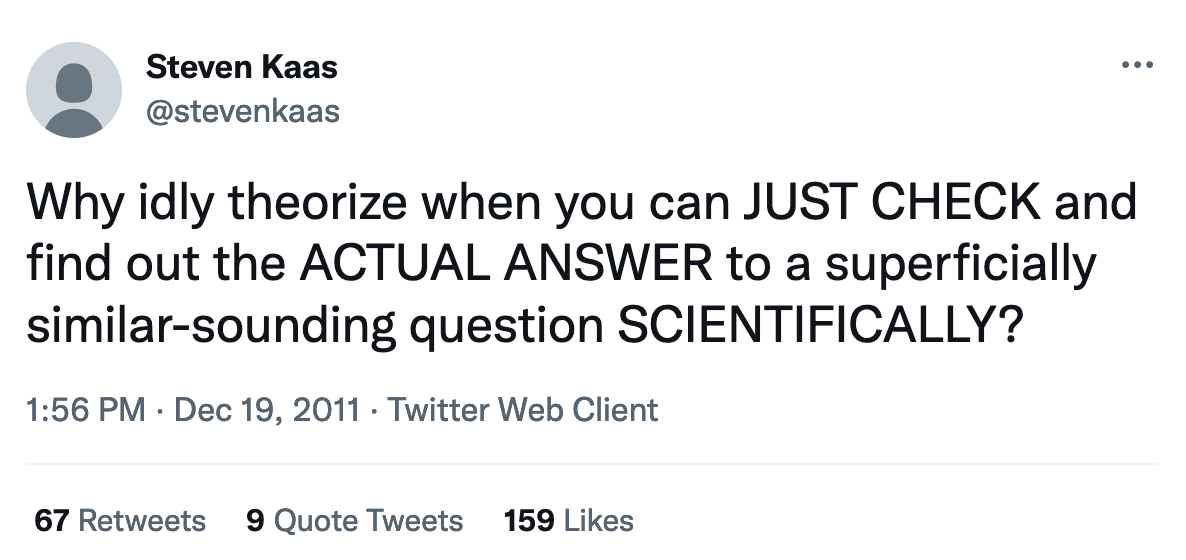

OK, suppose we are 3 breakthroughs away from the brainlike AGI program and there's a 15% chance of a breakthrough each year. I don't think that changes the bottom line, which is that when the brainlike AGI program finally starts working, the speed at which it passes through the capabilities milestones is greater the later it starts working.
Now that's just one paradigm of course, but I wonder if I could make a similar argument about many of the paradigms, and then argue that conditional on 2035 or 2045 timelines, AGI will probably be achieved via one of those paradigms, and thus takeoff will be faster.
(I suppose that brings up a whole nother intuition I should have mentioned, which is that the speed of takeoff probably depends on which paradigm is the relevant paradigm during the intelligence explosion, and that might have interesting correlations with timelines...)